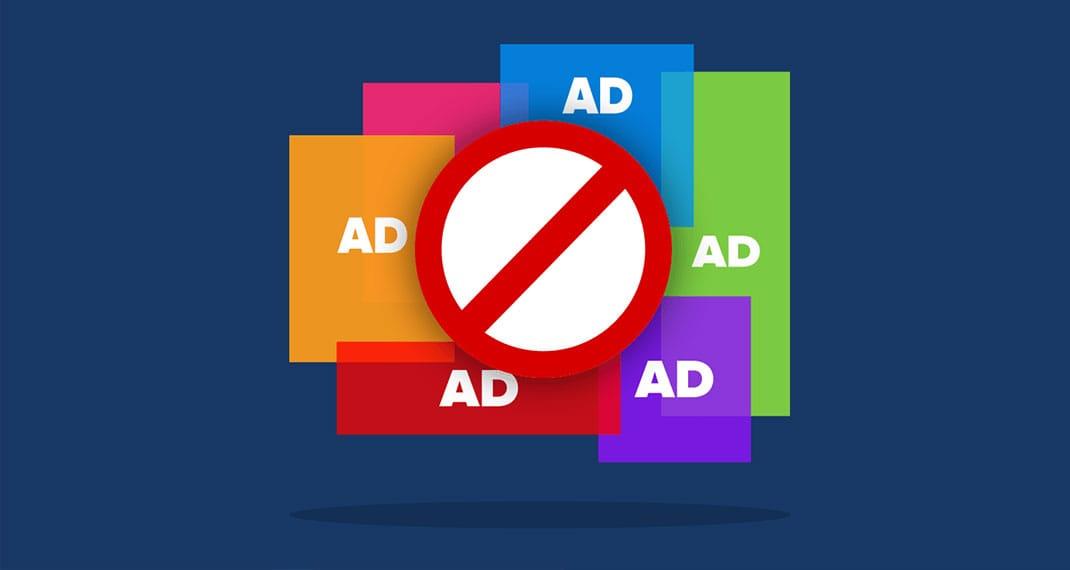How Ad Blockers Have Changed the Digital Marketing Landscape
Published by Spinutech on September 17, 2018

Imagine being in Times Square and there is not a single billboard. Or, imagine flipping through your favorite magazine without an ad in sight. This is the case on the internet with about 615 million devices now using AdBlock.
What are Ad Blockers?
AdBlock, specifically, is a content filter and ad blocking filter plugin. This plugin is compatible with most web browsers including Chrome, Safari, Firefox, Opera, and Microsoft Edge. What it essentially does is exactly what you think: block an ad from displaying on any webpage, and in search engines. AdBlock also works on Youtube and Pandora. You can also set up filters and exceptions as needed if there are certain ads or content you’d like to be privy to seeing.
Some Quick Facts:
- There are currently around 615 million devices using AdBlock
- 11 percent of the global internet users are blocking ads on the web (41 percent in the United States, respectively)
- AdBlock usage surged 30 percent globally in 2016
- Mobile usage for AdBlock grew 108 million for a total of 380 million devices
- Desktop experienced a growth by 34 million for a total user count around 236 million devices
- 74 percent of American AdBlock users say they leave sites with AdBlock walls
- AdBlock walls are sites that require you to disable AdBlock while on their site. Without disabling the plugin, you may not be able to view content or navigate around the website.
Source: Business Wire
Why People Use Ad Blockers
With these numbers staggering, we ask the question: why are so many people blocking ads? What’s the true motivation?
Below, we have the top five reasons from users on why they use ad blockers:
- Too many irrelevant/annoying ads
- They think there are “too many” ads on the internet
- Ads are intrusive
- Ads are taking up too much screen real estate or covering content they are trying to read
- Speed - ads can slow down load times, hurting a user’s experience
Source: Hub Spot
The Problems Ad Blockers Cause for Advertisers
We can see the use of ad blockers as a consumer signal that they are being bombarded by ads that don’t make sense or do not fit their needs. It’s a challenge some advertisers can create by “putting all their marketing efforts into one basket” whether it be social, search, display, and video. Utilizing only one marketing channel for their business can hurt by losing visibility.
How to Combat Ad Blockers on the Web
Create new marketing channels. Utilize all that the web and its various platforms have to offer. Here are a couple of tactics we use in addition to Paid Search.
- SEO and Localized SEO
- SEO can help gain traction in search engine page results. This, when paired with one of your paid search ads, enforces the legitimacy of the product or service you are offering.
- Video Marketing & Youtube
- In my own experience, things always tend to be more easily remembered when the consumer is seeing something visually rather than, let’s say, a text ad. Video ads can be short, to the point and non-intrusive.
- Partnering with Publishers
- A few examples of sites that utilize ad blocker walls are companies like Huffington Post, Forbes and Slate to develop ways to disrupt the user’s experience and request the ad blocker be turned off before proceeding. Some people are turned off by this and will bounce completely from the site.
The Silver Lining
While we saw a major influx of users, 77 percent of those users admitted they actually prefer to use the filters rather than blocking everything outright. We have also seen from 2017 to 2018 that the increase of users installing AdBlock has stagnated.
So what does that mean for us marketing folks in general? We need to make sure targeting is spot on and relevant in all cases. Answer the questions that users are asking or show the specific product or service they are seeking in as few clicks as possible.
We at Spinutech like to create a comprehensive package to suit a client’s needs and offer them the best digital marketing experience for them and their business. If you are only utilizing one marketing strategy, its time to re-evaluate your digital strategy. Contact Us today!